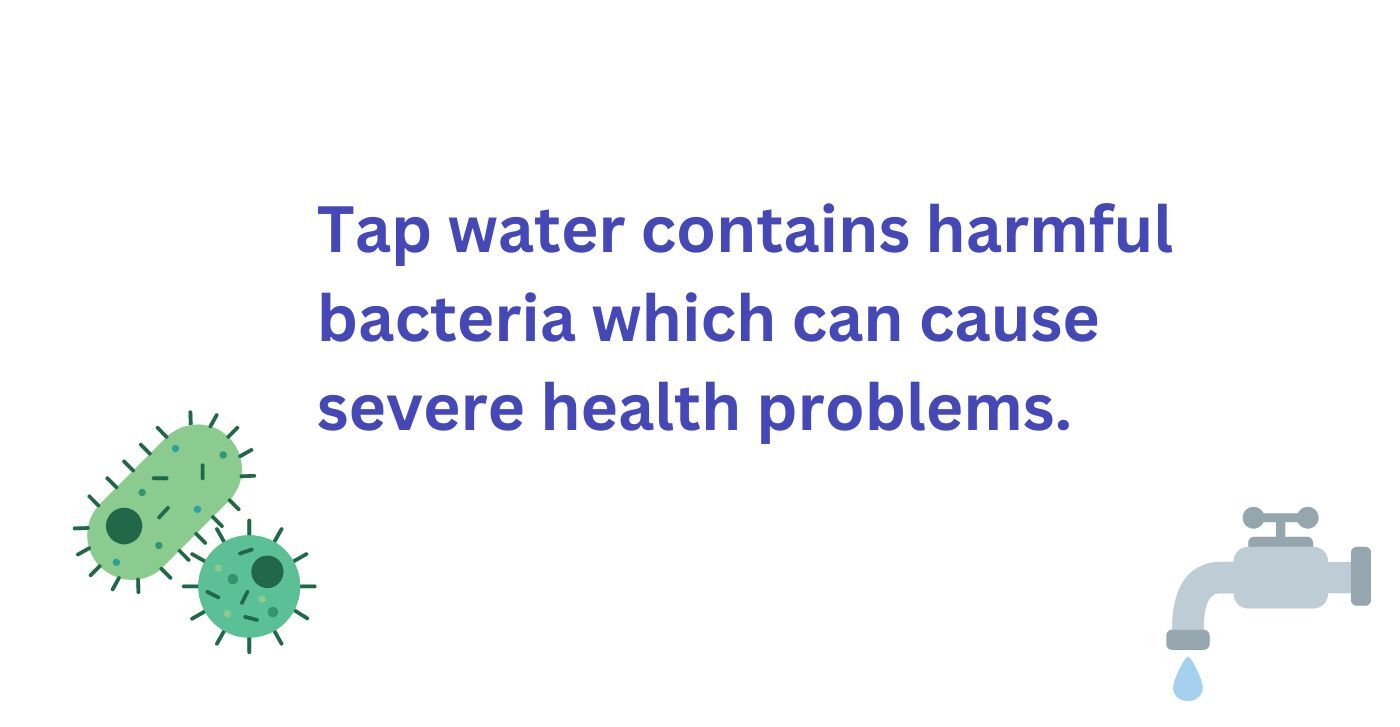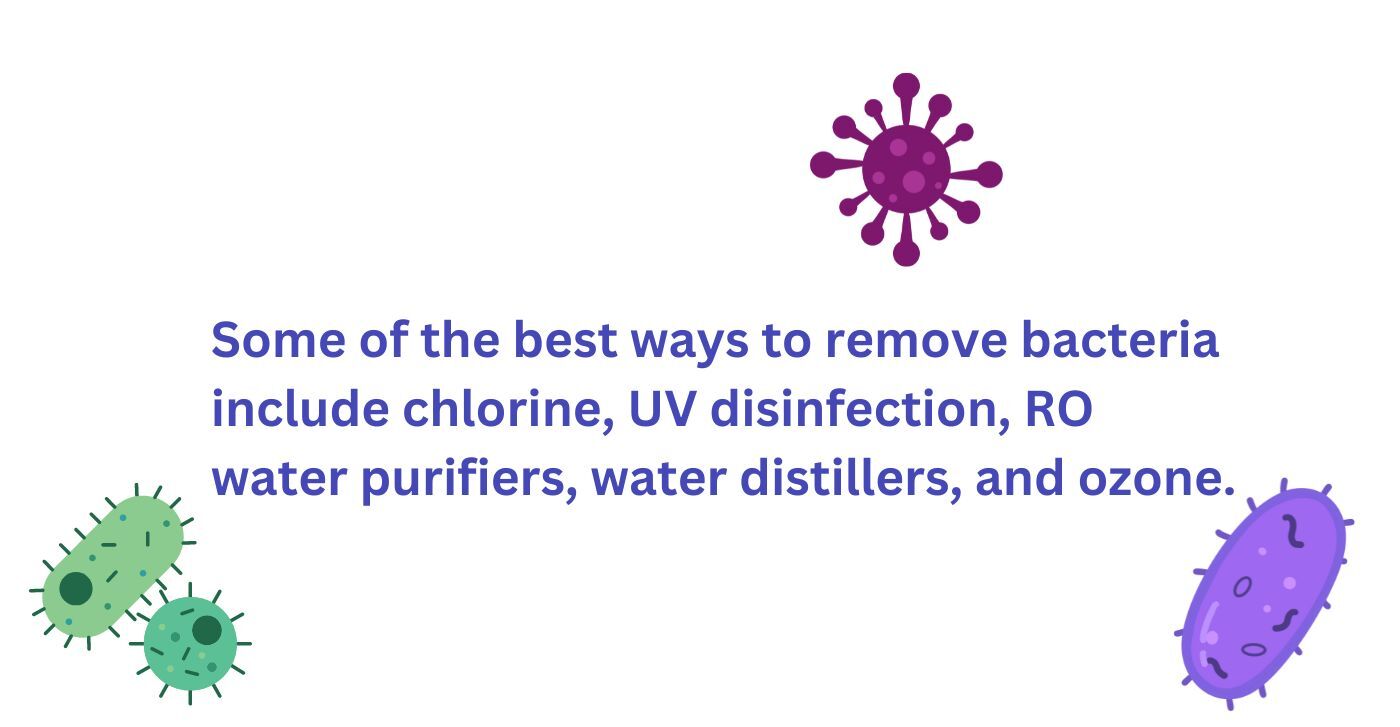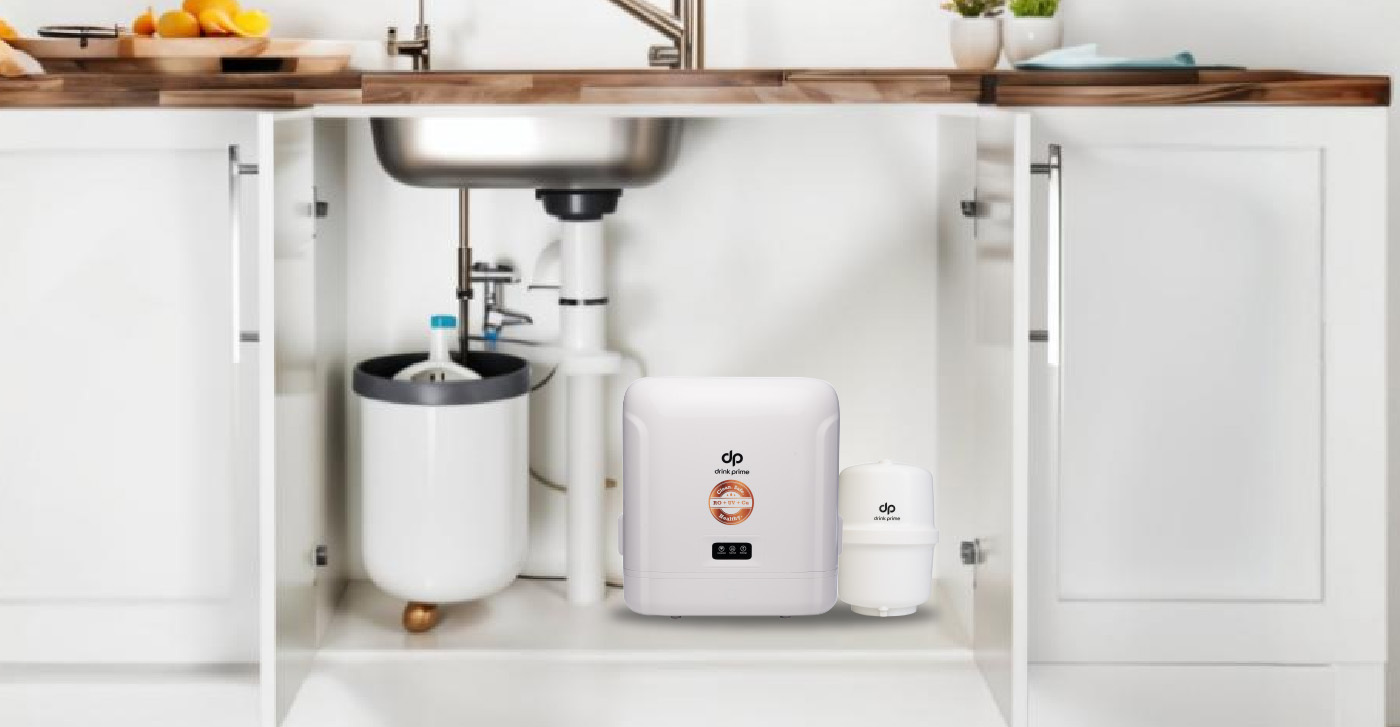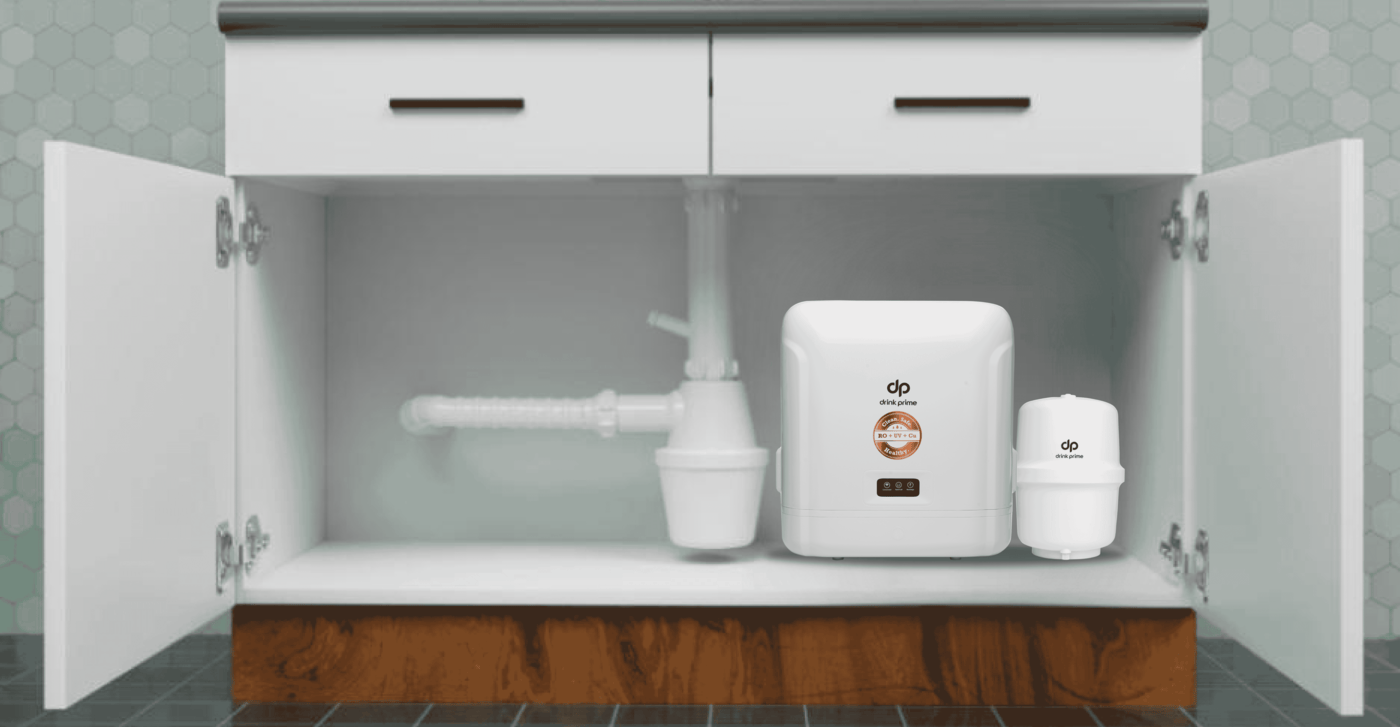Have you ever stopped to wonder how many bacteria are lurking in your drinking water?
It’s not a pleasant thought, but the truth is that even treated municipal water sometimes contains a variety of bacteria, viruses, and other harmful microorganisms.
In this blog, we’ll cover some simple steps you can take to minimize the risk of bacterial contamination in your drinking water. By the end of this blog, you’ll have a better understanding of how to keep your drinking water safe and bacteria-free. So, let’s dive in!
What are the common bacteria found In water?
There are a few harmful and disease-causing bacteria in the water you should know about. Some of these include bacteria like Guardia, E. coli, Shigella, and Cryptosporidium.
Guardia
This is one of the most common waterborne disease carriers. Guardia is a type of parasite that can cause intestinal illnesses in humans. It’s often found in water sources that have been contaminated with human or animal fecal matter. Symptoms of Guardia infection include pain-inducing diarrhea, abdominal cramps, and nausea.
E.coli
It is a type of bacteria that lives in the intestines of humans and animals. While many strains of E. coli are harmless, some can cause serious diseases. One strain, known as E. coli O157:H7, can cause severe diarrhea, abdominal cramps, and vomiting. It’s often spread through contaminated water or food. E.Coli can be found in treated municipal water as well as unregulated well water.
Shigella
This is another type of bacteria that causes really severe gastrointestinal illness. It’s commonly spread through water contaminated with human feces. Symptoms of Shigella infection can include diarrhea, fever, and stomach cramps. If you are someone who drinks tap water or untreated water, you are at a heightened risk of getting infected with this bacteria.
Cryptosporidium
It is a parasite that often causes diarrhea, stomach cramps, and dehydration. Along with Giardia, this is also one of the most common waterborne disease carriers. It’s often spread through water sources that have been contaminated with animal or human fecal matter. People with weak immunities are more susceptible to chronic illnesses caused by this type of bacteria.
Fortunately, there are steps you can take to reduce your risk of bacterial infection. Make sure to drink clean, filtered water whenever possible, and avoid swimming in bodies of water that may be contaminated. If you do become ill after drinking water or swimming in a lake or river, be sure to contact the doctor right away.
Why is it important to remove bacteria from water?

Bacteria are everywhere around us and many of them can cause chronic diseases in the long term. That’s why it’s crucial to remove bacteria from tap water before we drink it. Tap water contains the harmful bacteria mentioned above which can cause severe health problems, including diarrhea, nausea, vomiting, and in severe cases, even death.
By removing bacteria from tap water, we are protecting ourselves and our families from these dangerous pathogens. Additionally, some people may have weakened immune systems, making them more susceptible to bacterial infections. Removing bacteria from tap water ensures that even those with weakened immune systems can safely drink it without the risk of becoming ill.
Not only is it important for our health to remove bacteria from tap water but it also ensures the water tastes better and looks clearer. The water tastes different and there is an unpleasant odor when there are bacteria in the water. Removing bacteria from water can help make the water taste and smell better.
Fortunately, there are steps you can take to reduce your risk of bacterial infection. Make sure to drink clean, filtered water whenever possible, and avoid swimming in bodies of water that may be contaminated. If you do become ill after drinking water or swimming in a lake or river, be sure to contact the doctor right away.
5 Best Way To Remove Bacteria From Your Tap Water
Here are five of the best ways to remove bacteria from water:

1. RO water purifiers
Reverse osmosis (RO) is a water purification method that uses a semi-permeable membrane to remove bacteria from water. The water is pushed through the membrane at high pressure, leaving behind bacteria, viruses, and other impurities. Since DrinkPrime water purifier is RO powered, if bacteria are present in your tap water, it will be filtered out instantly.
2. Chlorine
This chemical disinfectant is commonly used to treat drinking water and is very effective at killing and removing bacteria from water. A small amount of chlorine is added to the water, which then reacts with the bacteria and destroys it.
3. UV disinfection
Ultraviolet (UV) light is another effective way to remove bacteria from water. Water is passed through a chamber where it is exposed to UV light, which then destroys the bacteria. This method is particularly useful for treating water that has already been filtered, as it can kill any remaining bacteria.
4. Water distillers
Distillation is a process that involves boiling water and then collecting the steam that is produced. This steam is then condensed back into the water leaving behind any bacteria and other impurities that were in the original water.
5. Ozone
Ozone is a powerful oxidizer that can be used to remove bacteria from water. It is often used in commercial and industrial settings, but can also be used in homes with the right equipment. Ozone works by reacting with bacteria and other impurities in the water, breaking them down into harmless byproducts.
Get 7 Days Risk Free Trial
Conclusion
Whether you choose to use chlorine, UV disinfection, RO water purifiers, water distillers, or ozone, the most important thing is to make sure that your drinking water is safe and free from harmful contaminants. With DrinkPrime, you can say goodbye to the hassle and expense of ‘buying’ a water purifier. Not only do we offer our IOT-enabled water purifiers on rent, but we also use advanced filtration systems like RO, sediment, pre-carbon, and post-carbon for water that is 100% safe, bacteria-free, and tasty!



